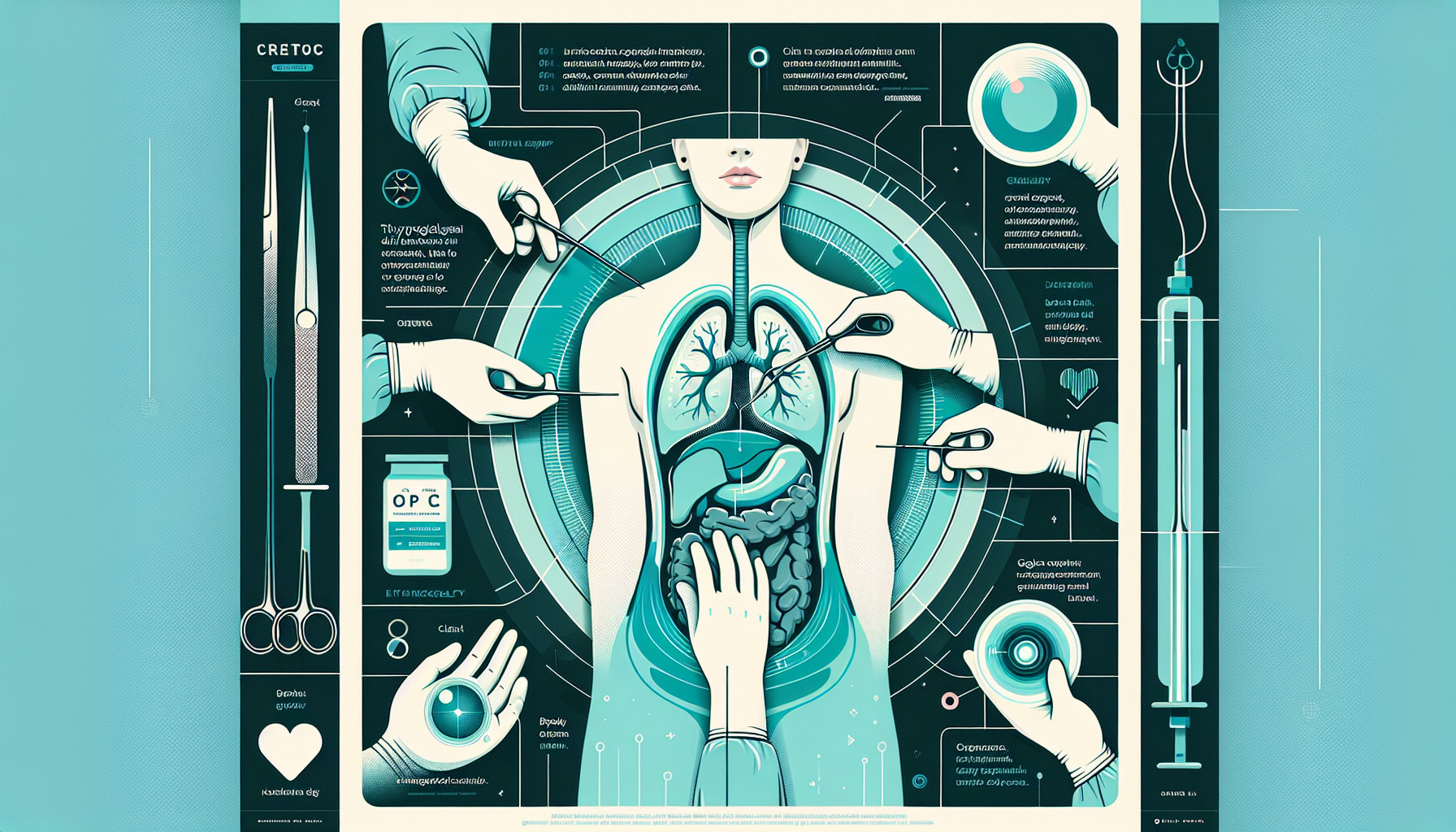Our Summary
This research paper investigates the risks of adults having a specific type of neck cyst removed. The cysts, known as thyroglossal duct cysts (TGDCs), are common and usually show up in childhood or teenage years, but sometimes go unnoticed until adulthood. The researchers looked at data from patients over 18 who had these cysts removed between 2005 and 2014. They looked at factors like the patients’ age, sex, race, and pre-existing health conditions, as well as details about the operation and recovery.
They found that out of 793 cases, most of the patients were white women, with an average age of 44.3 years. No one died within 30 days of the operation, but 3% had at least one other complication. About 6% had to have another operation, and people who had a second operation were more likely to get an infection at the site of the surgery. Also, those who had low sodium levels before the operation were more likely to need another operation. The longer the operation took, the longer the patient stayed in the hospital.
The researchers concluded that removing these cysts is generally safe and well-tolerated by adult patients, with a low rate of complications. However, patients and doctors should be aware of the risks of needing another operation, getting an infection, and other potential complications when planning for the surgery.
FAQs
- What is a thyroglossal duct cyst and when does it typically appear?
- What factors did the researchers consider when investigating the risks of removing thyroglossal duct cysts in adults?
- What risks and complications should patients and doctors be aware of when planning for the removal of a thyroglossal duct cyst?
Doctor’s Tip
One helpful tip a doctor might tell a patient about thyroglossal duct cyst removal is to follow all post-operative care instructions carefully to reduce the risk of complications and promote a smooth recovery. This may include keeping the surgical site clean and dry, taking prescribed medications as directed, avoiding strenuous activities, and attending follow-up appointments with your healthcare provider. It is also important to report any unusual symptoms or concerns to your doctor promptly.
Suitable For
Patients who are typically recommended for thyroglossal duct cyst removal are those who have symptomatic cysts, such as recurrent infections, difficulty swallowing or breathing, or cosmetic concerns. In the study mentioned above, the majority of patients were white women in their mid-40s, suggesting that this demographic may be more prone to developing symptomatic thyroglossal duct cysts in adulthood. Additionally, patients with low sodium levels before the operation may be at higher risk for needing a second operation, so this factor should be considered when determining the best course of treatment. Overall, the decision to remove a thyroglossal duct cyst should be made on a case-by-case basis, taking into account the patient’s individual health status and symptoms.
Timeline
- Before thyroglossal duct cyst removal:
- Patient may experience symptoms such as a painless lump in the neck, difficulty swallowing, or recurrent infections.
- Patient may undergo imaging tests such as ultrasound or CT scan to diagnose the cyst.
- Patient may discuss the risks and benefits of surgery with their healthcare provider.
- Surgery may be scheduled to remove the cyst, typically performed under general anesthesia.
- After thyroglossal duct cyst removal:
- Patient may experience pain, swelling, and bruising at the surgical site.
- Patient may need to take pain medication and antibiotics as prescribed by their healthcare provider.
- Patient may have a follow-up appointment to monitor the healing process and remove any stitches or drains.
- Patient may need to avoid strenuous activities and follow a restricted diet for a period of time to aid in recovery.
- Patient may experience a scar at the surgical site, which may fade over time with proper wound care.
- Patient may have regular follow-up appointments to ensure the cyst does not recur and monitor for any complications.
What to Ask Your Doctor
Some questions a patient should ask their doctor about thyroglossal duct cyst removal include:
- What are the risks and potential complications associated with the surgery?
- How long will the surgery take and how long will I need to stay in the hospital?
- Will I need to undergo any additional tests or procedures before the surgery?
- What is the expected recovery time and what post-operative care will be required?
- Are there any specific risks or concerns based on my age, sex, race, or pre-existing health conditions?
- What are the chances of needing a second operation or developing an infection at the surgical site?
- What factors may increase the likelihood of complications or the need for additional surgeries?
- Are there any alternative treatment options available for thyroglossal duct cysts?
- Can you provide information about your experience and success rate with this type of surgery?
- What should I do if I experience any unusual symptoms or complications after the surgery?
Reference
Authors: Anderson JL, Vu K, Haidar YM, Kuan EC, Tjoa T. Journal: Laryngoscope. 2020 Feb;130(2):381-384. doi: 10.1002/lary.27918. Epub 2019 Mar 13. PMID: 30865298
